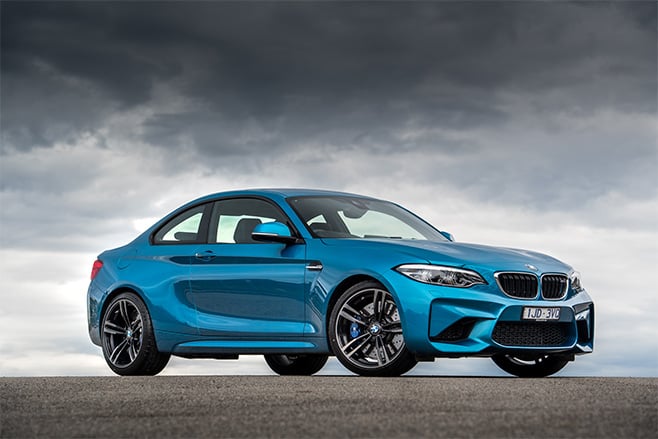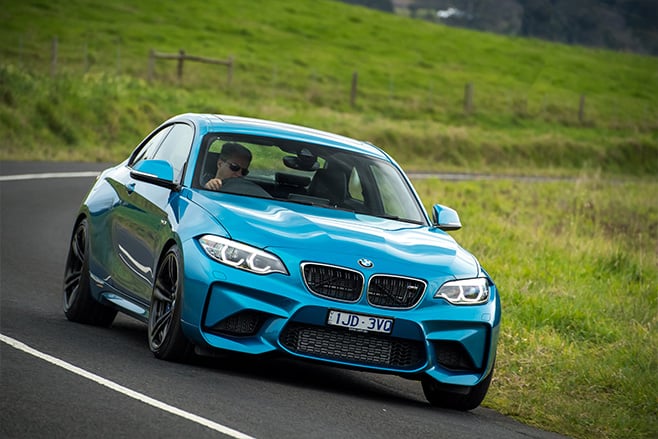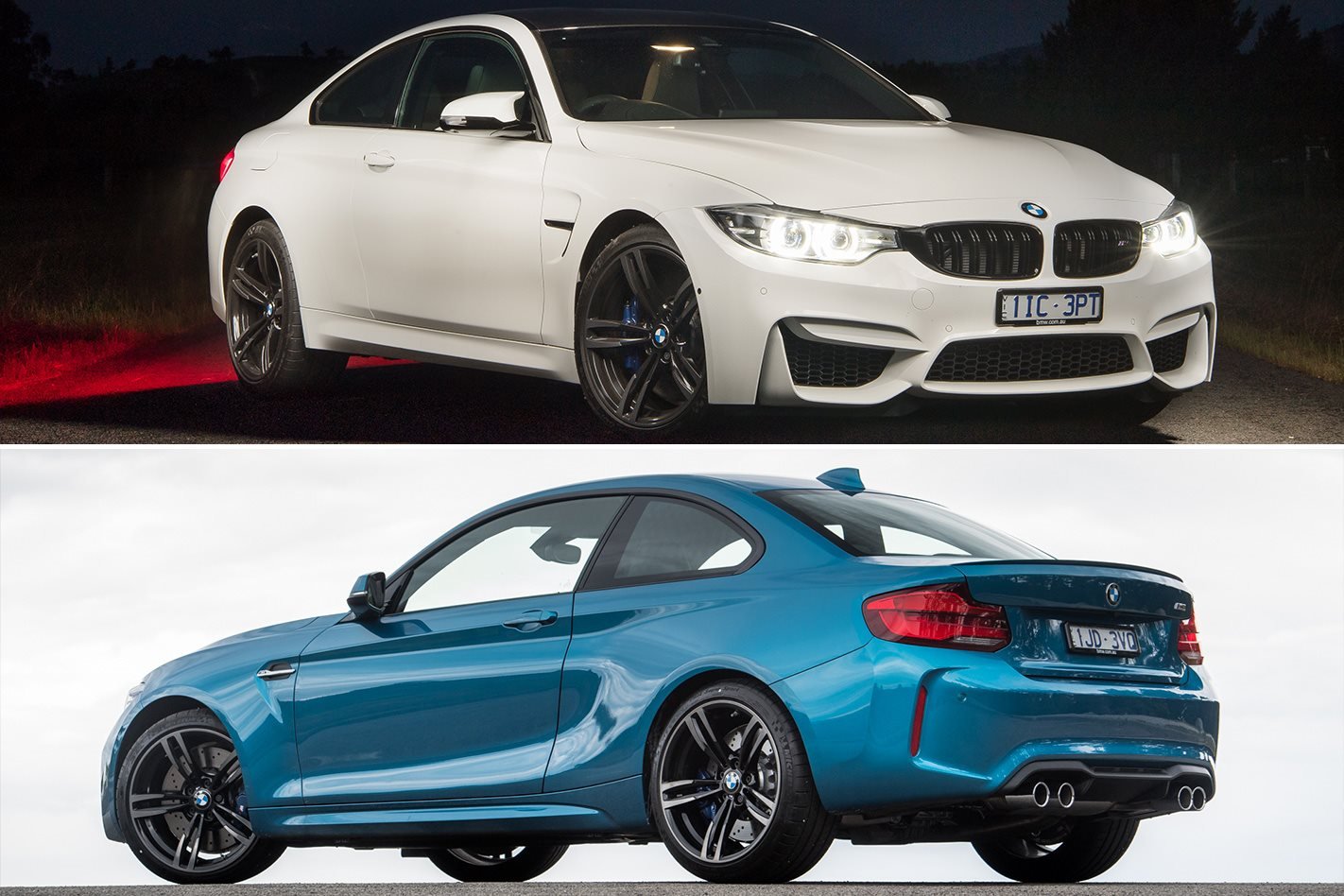You’ve likely read the stories – BMW’s M2 is a return to form for M Division after a recent run of fast but flawed machines.
Offering at least 90 per cent of the pace of its M4 big brother for around half the price, to say it’s the pick of the range appears to be a no-brainer, but the waters have recently become a little murkier, primarily due to continued revisions and a hefty price drop for the M4.
A recent update for the M2 brought instruments and iDrive as well as styling revisions, hiking the price of the Pure to $93,300. In contrast, applying the Pure treatment to the M4 has slashed its price to $139,900 despite retaining the Competition engine and chassis tweaks, an effective saving of almost $17K.
Fortuitously, we happened to have both an M2 and M4 Pure in the carpark over the recent holiday break which provided the perfect opportunity to spend an extended period in each car and discover the differences – if any – between the two.

In terms of outright pace there isn’t much between them, either. The stopwatch disagrees, as our best figures in an M3 Competition (virtually identical to its two-door Pure sibling) are 4.16sec to 100km/h and a 12.15sec quarter at 193.83km/h, numbers which humble our best efforts in an M2 Pure of 4.55sec 0-100km/h and 12.82sec 0-400m at 175.82km/h – unsurprising when the M3/M4’s 331kW/550Nm bests the M2’s 272kW/465Nm by a substantial margin.
On the road, however, the M4’s pace advantage is almost irrelevant as it’s mostly inaccessible on the public highway and I challenge anyone to drive an M2 and find it sluggish. Where the two do differ, though, is in how they deliver the performance.
The M2 uses a high-output version of BMW’s older N55 3.0-litre turbo six and it’s beautifully smooth and linear. Throttle response is excellent and it sounds suitably growly, with ample mid-range torque yet a rewarding top-end as the tacho approaches 7000rpm.

This extra attitude carries over into the M4’s chassis. BMW has calmed the behaviour of each subsequent model year of M3/M4, but on cold rubber or in slippery conditions it remains a handful, lighting its rear tyres up at will, usually with a corresponding sideways twitch.
Sadly, the MDM stability control calibration is much too conservative to allow any such movement, but the road, driver and tyres need to be on top form before disabling it completely is considered. However, a warm summer’s day proves there is another alternative: shift a gear higher than normal, be as smooth as possible and the M4 Pure finds incredible grip and traction – perversely, it feels a little undramatic but the car responds incredibly well.
The flexibility of the N55 means a similar approach pays dividends in the M2, though even its maximum overboost torque figure of 500Nm means it can’t accelerate as crisply as its bigger brother. Like the M4, it needs temperature in its Michelin Pilot Super Sports before you can start pushing, but once they’re warm grip levels are akin to chewing gum on carpet.

Its MDM setting is better judged than its bigger brother and it displays better body control, too, though doesn’t quite have the ride sophistication, particularly of a Pure on 19s rather than the 20s of our test car.
Having been jiggled around in the passenger seat for a few days, my girlfriend described the M2 as a teenage boy, a perfect metaphor for a car that’s an undiluted bundle of pure testosterone. In comparison, the M4 is a young professional that’s still addicted to the party lifestyle, but succeeds (just) in hiding it under a veneer of classiness.
Money no object, the M4 is the more exciting car – to drive and to listen to. In terms of pure pace (on the road, at least) and driving enjoyment, though, there’s a cigarette paper between them, and given the M2’s $45K price advantage it has to rank as one of the all-time performance bargains.
A truly mouth-watering proposition would be the M2 with the M4’s engine, which, funnily enough, is just what we expect from the forthcoming M2 Competition, set to appear sometime in 2018. It has the potential to be a truly spectacular car.
BMW M2 Pure specs
Engine: 2979cc inline-6cyl, DOHC, 24v, turbo Power: 272kW @ 6500rpm Torque: 465Nm @ 1400-5560rpm (500Nm overboost) Weight: 1495kg Gearbox: 6-speed manual 0-100km/h: 4.5sec Price: $93,300
BMW M4 Pure specs
Engine: 2979cc inline-6cyl, DOHC, 24v, twin-turbo Power: 331kW @ 5500-7000rpm Torque: 550Nm @ 1850-5500rpm Weight: 1585kg Gearbox: 7-speed dual-clutch 0-100km/h: 4.0sec (dual-clutch) Price: $139,900






